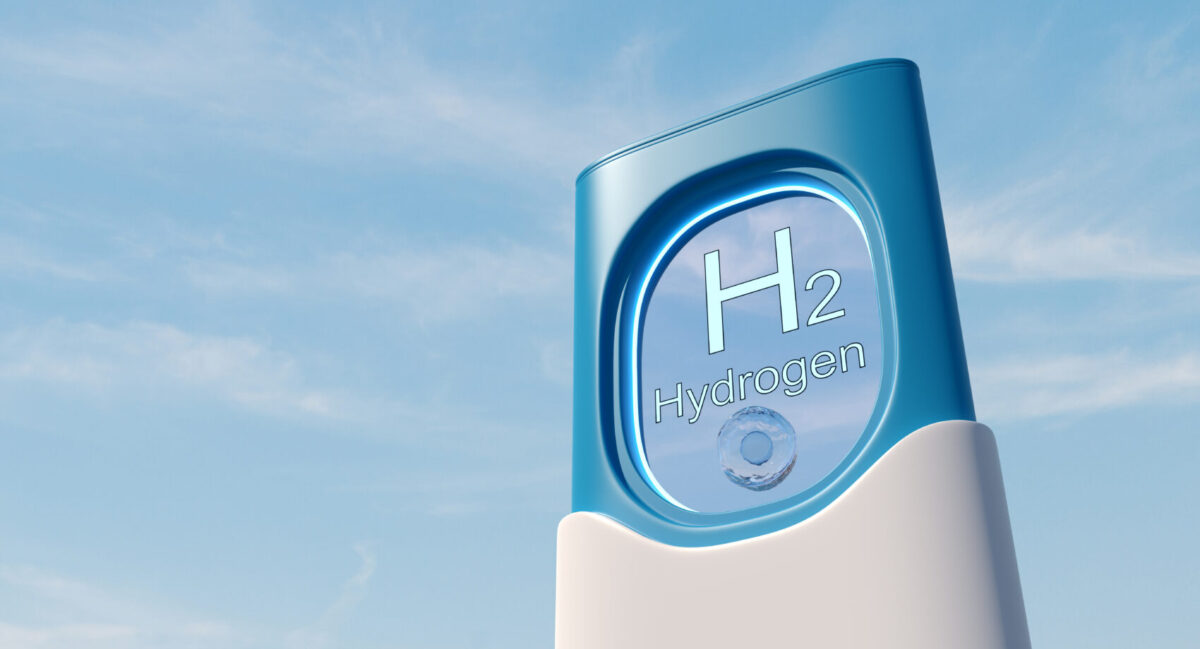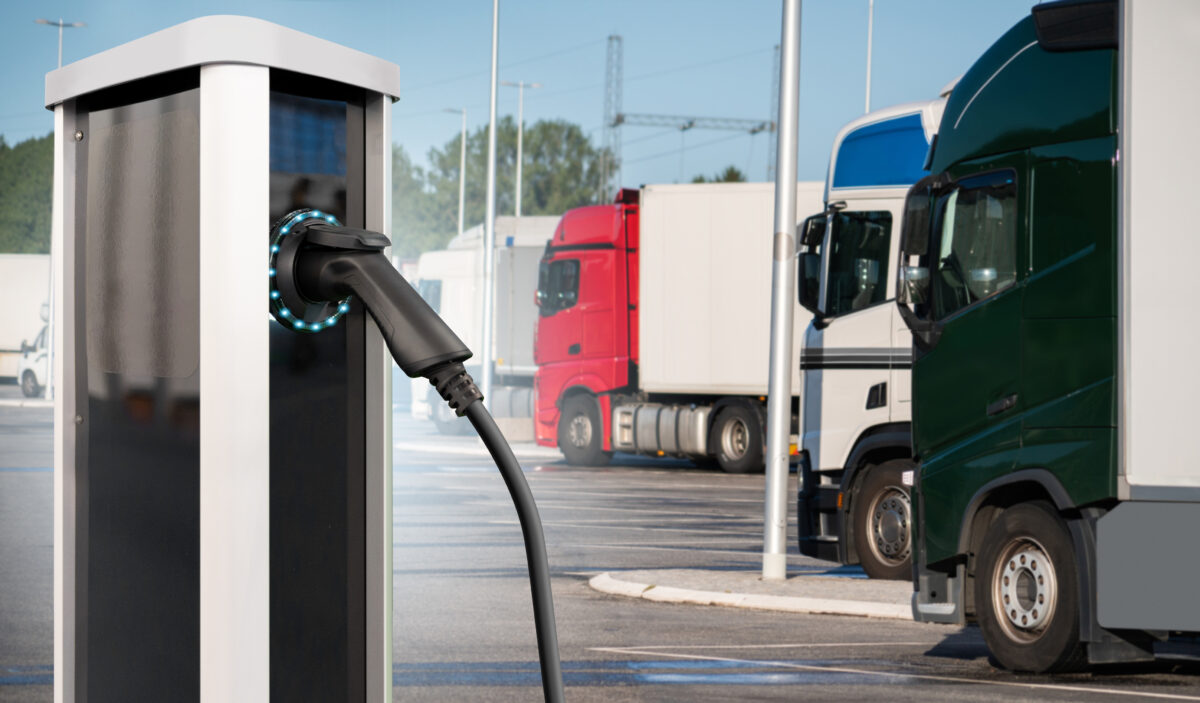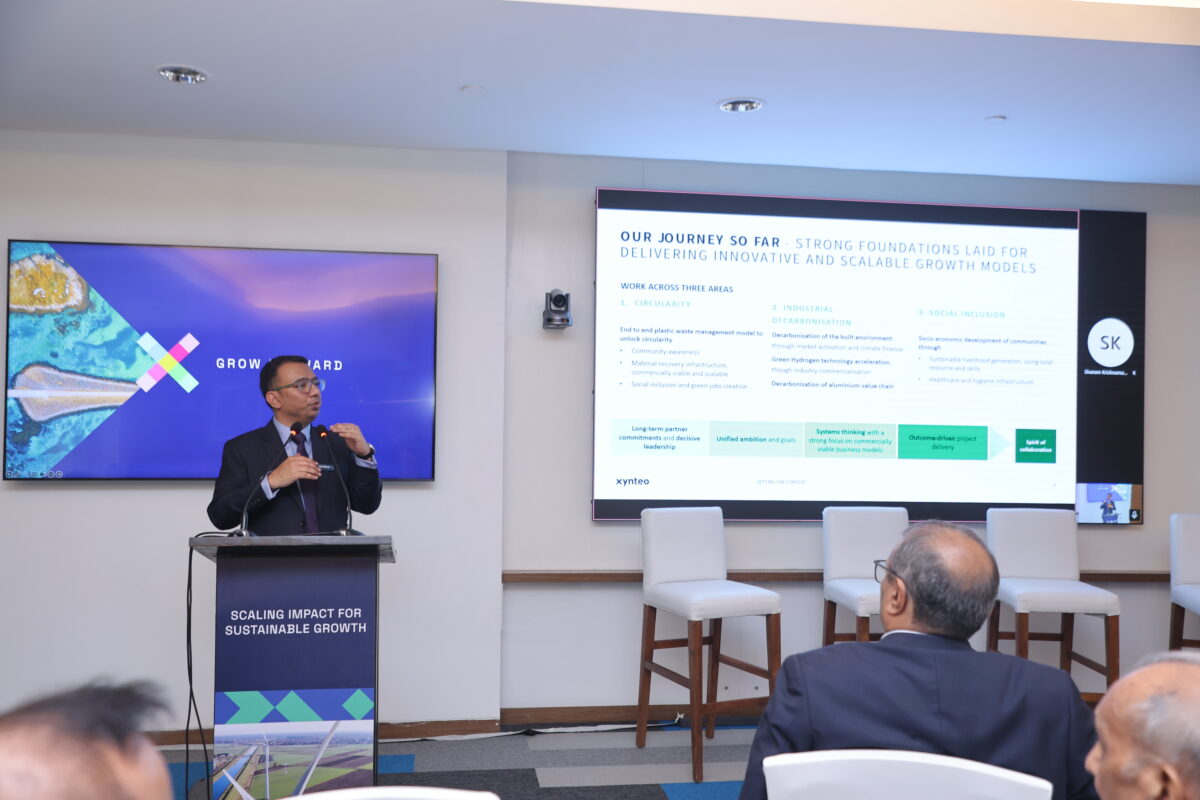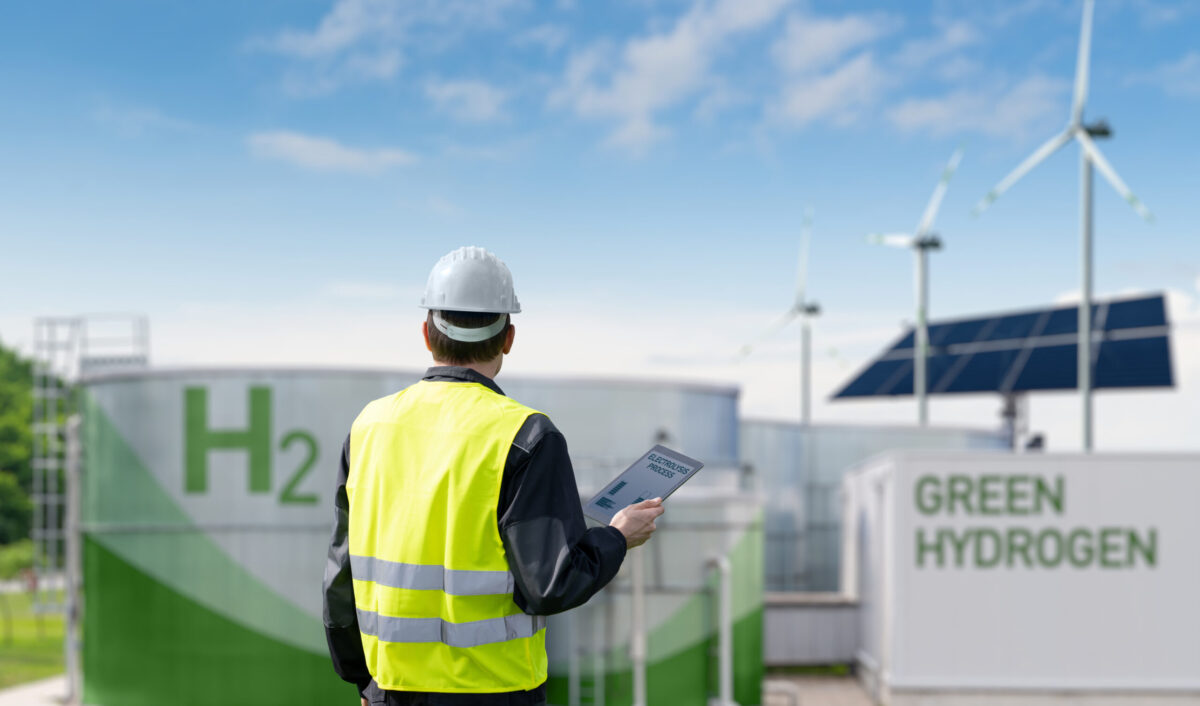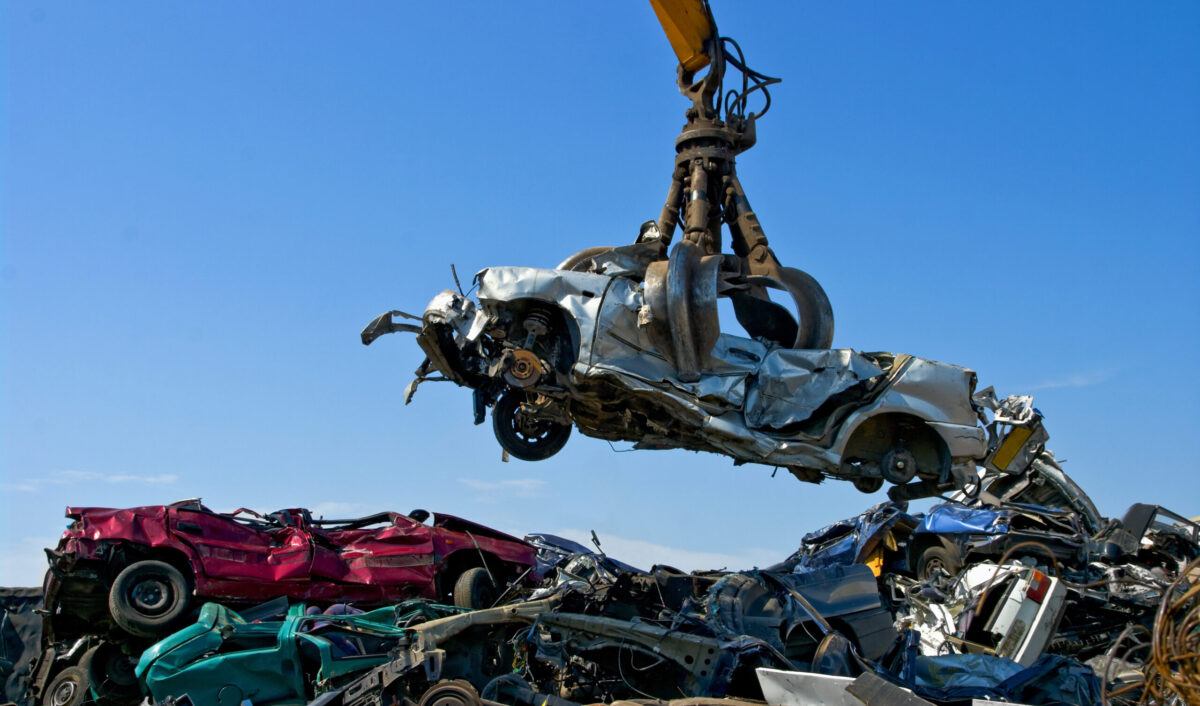Hydrogen is critical in the global push toward decarbonization, particularly to achieve a low-carbon economy. Current hydrogen production processes emit around 1,200 million tons of CO2 annually, accounting for ~3% of global carbon emissions. The majority of the 95 million tons of hydrogen produced in 2022 came from fossil fuels, with natural gas accounting for about three-quarters of the production …
Natural Hydrogen: India’s Next Frontier in Clean Energy

